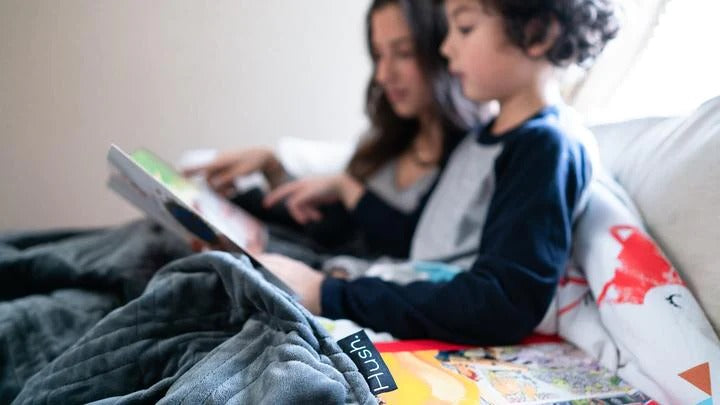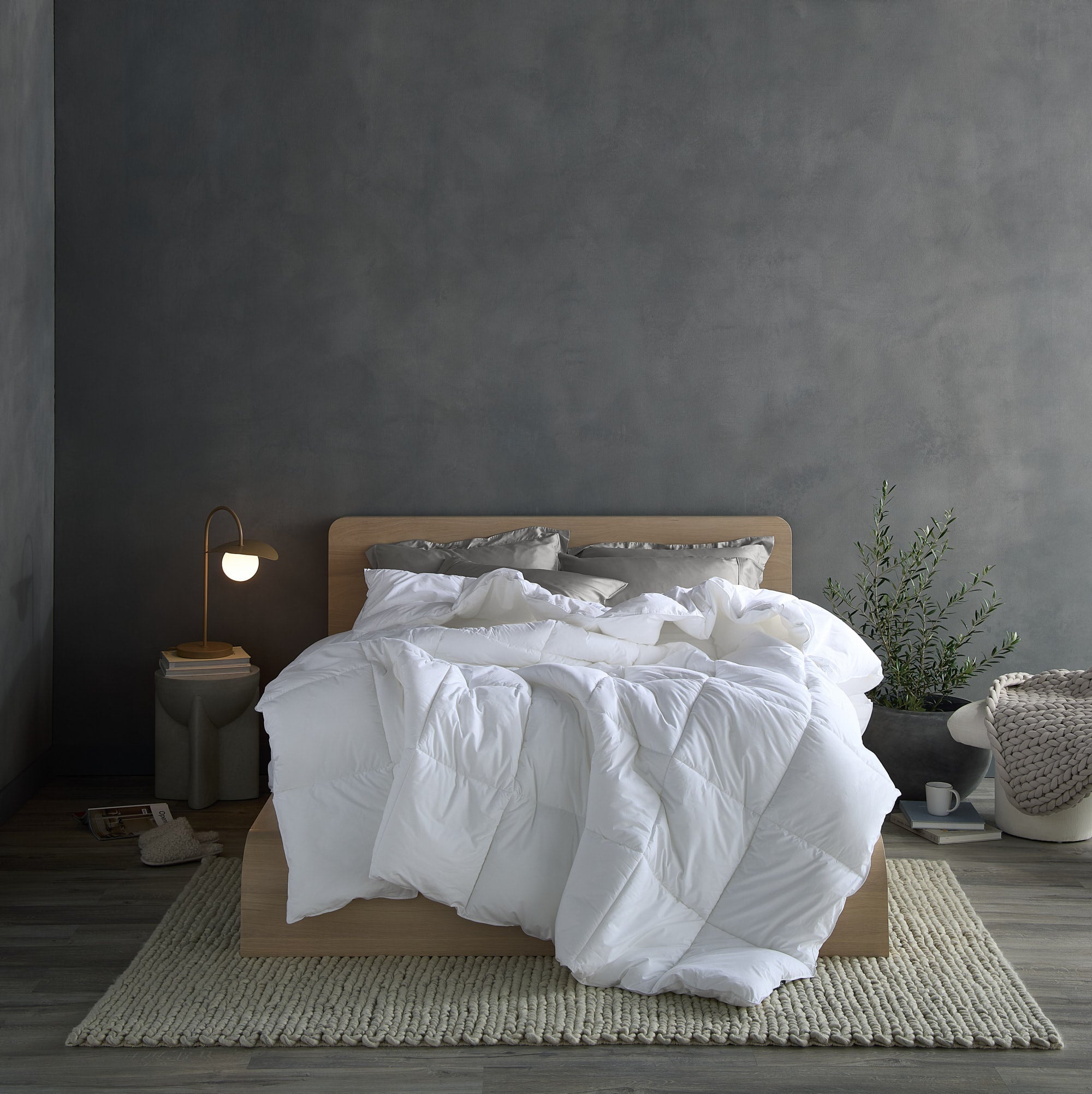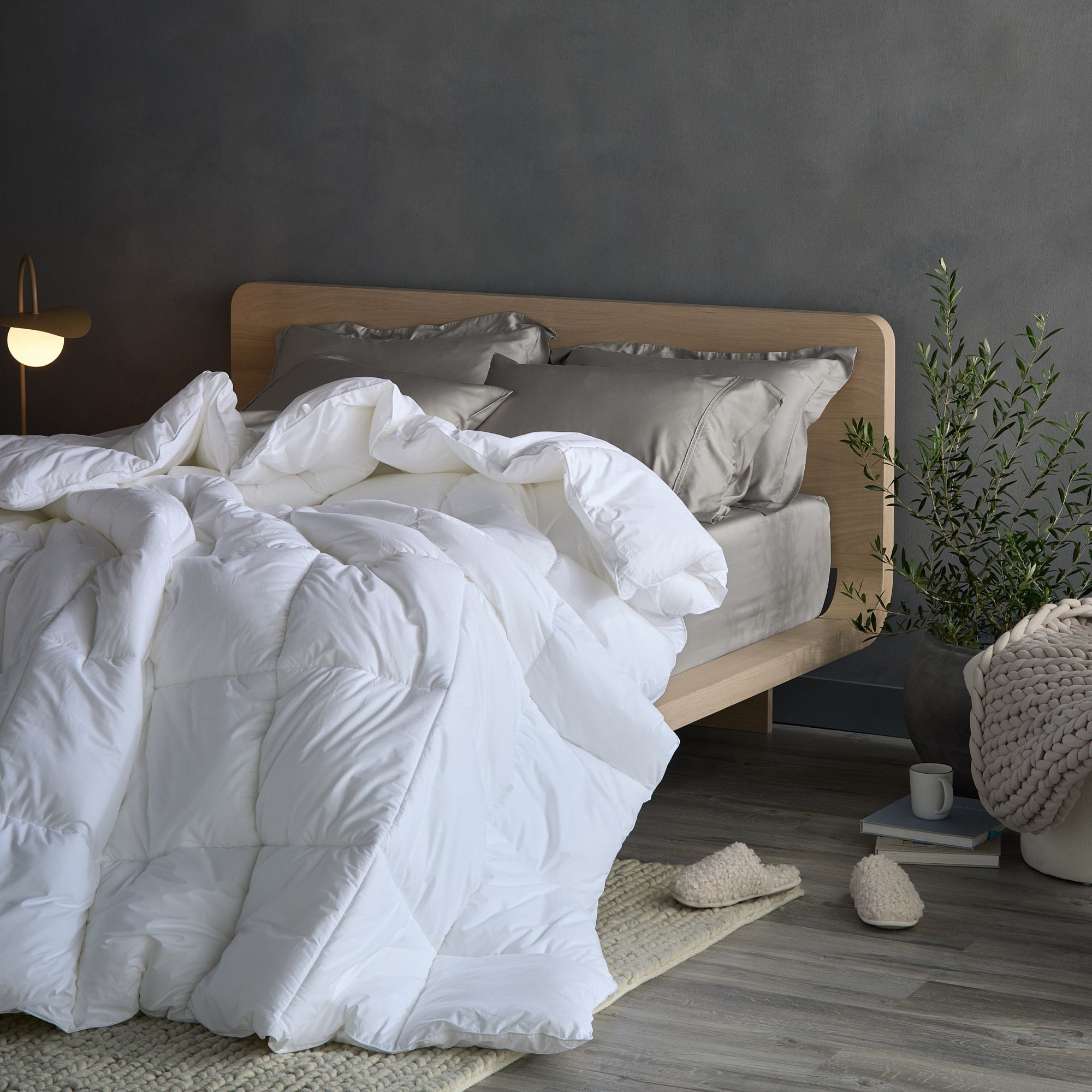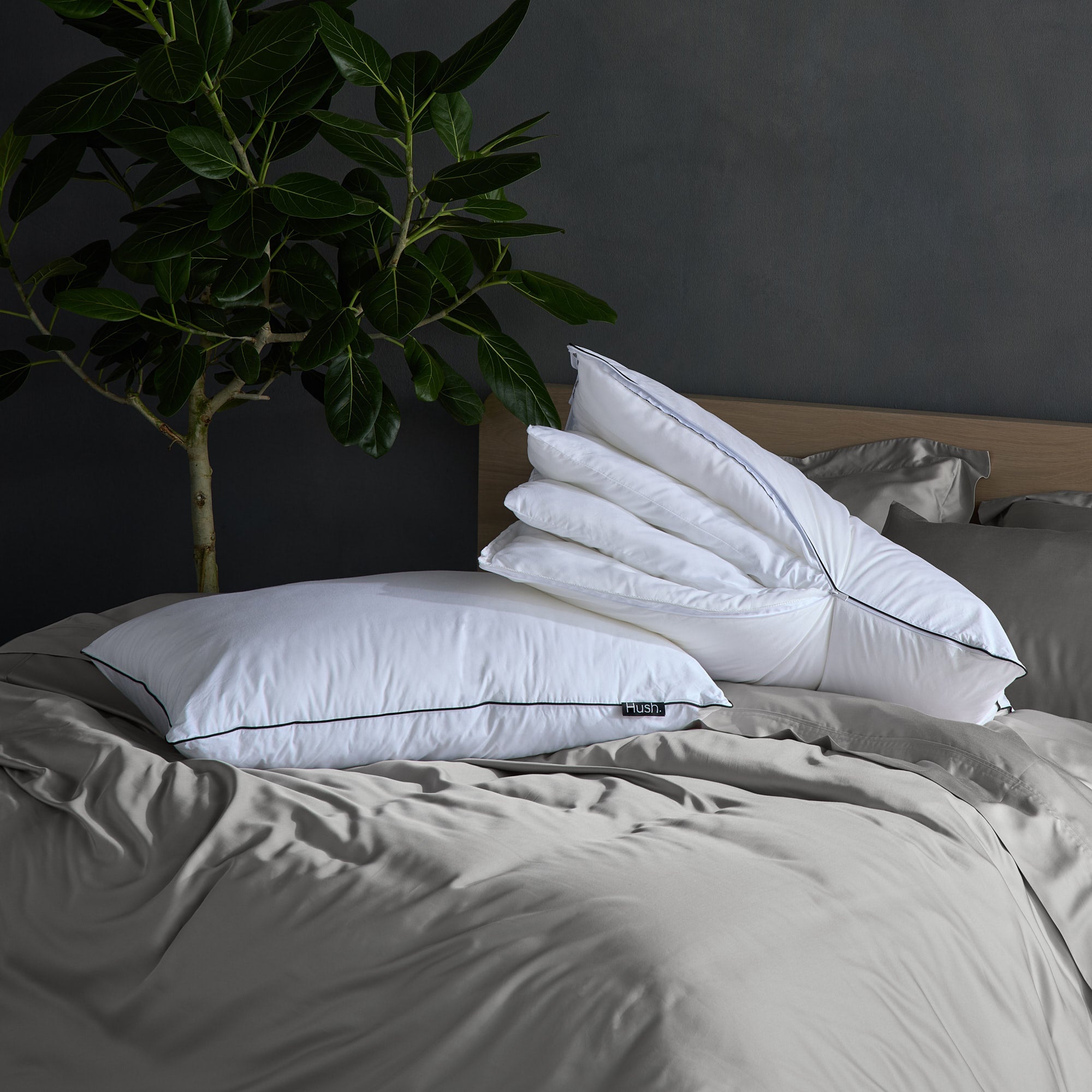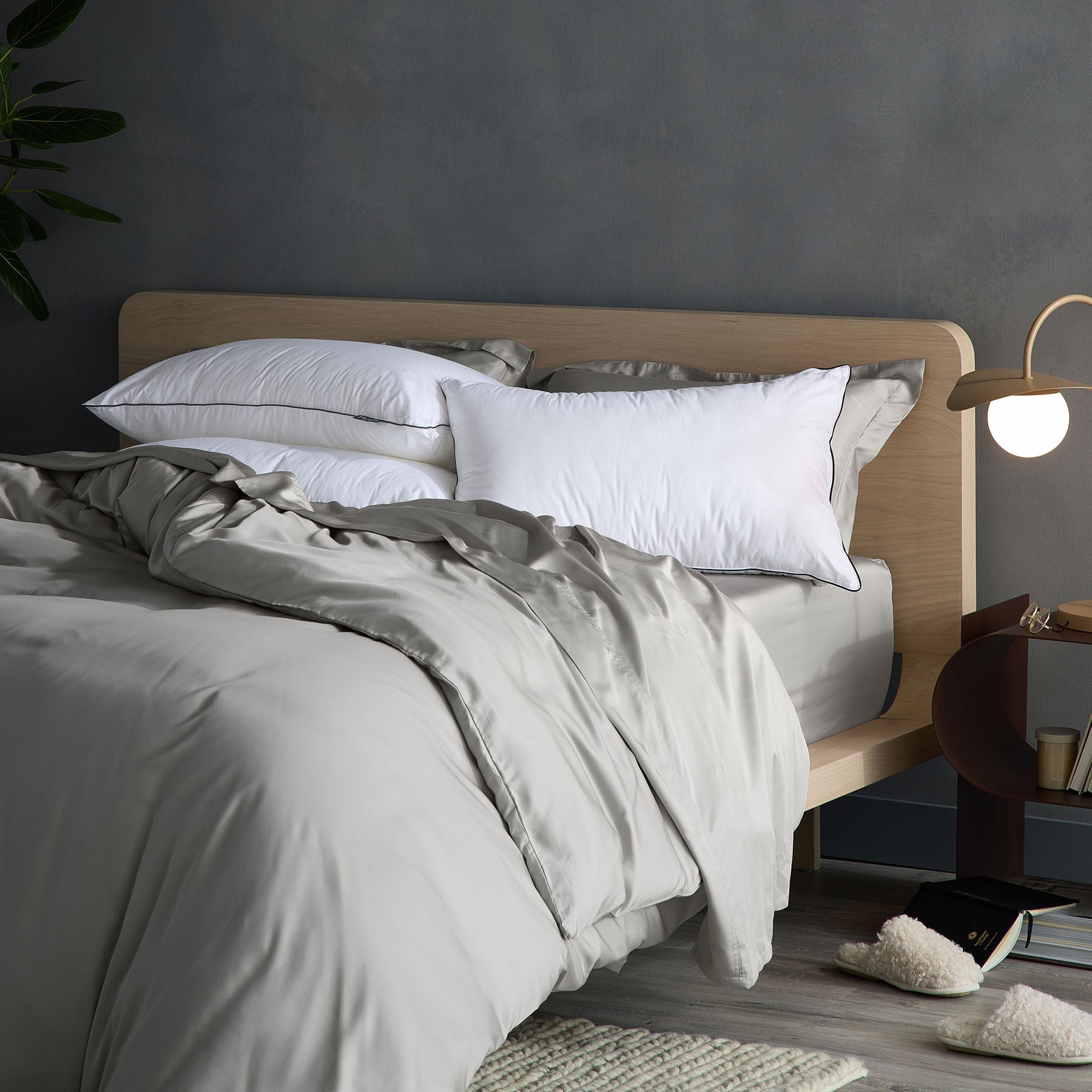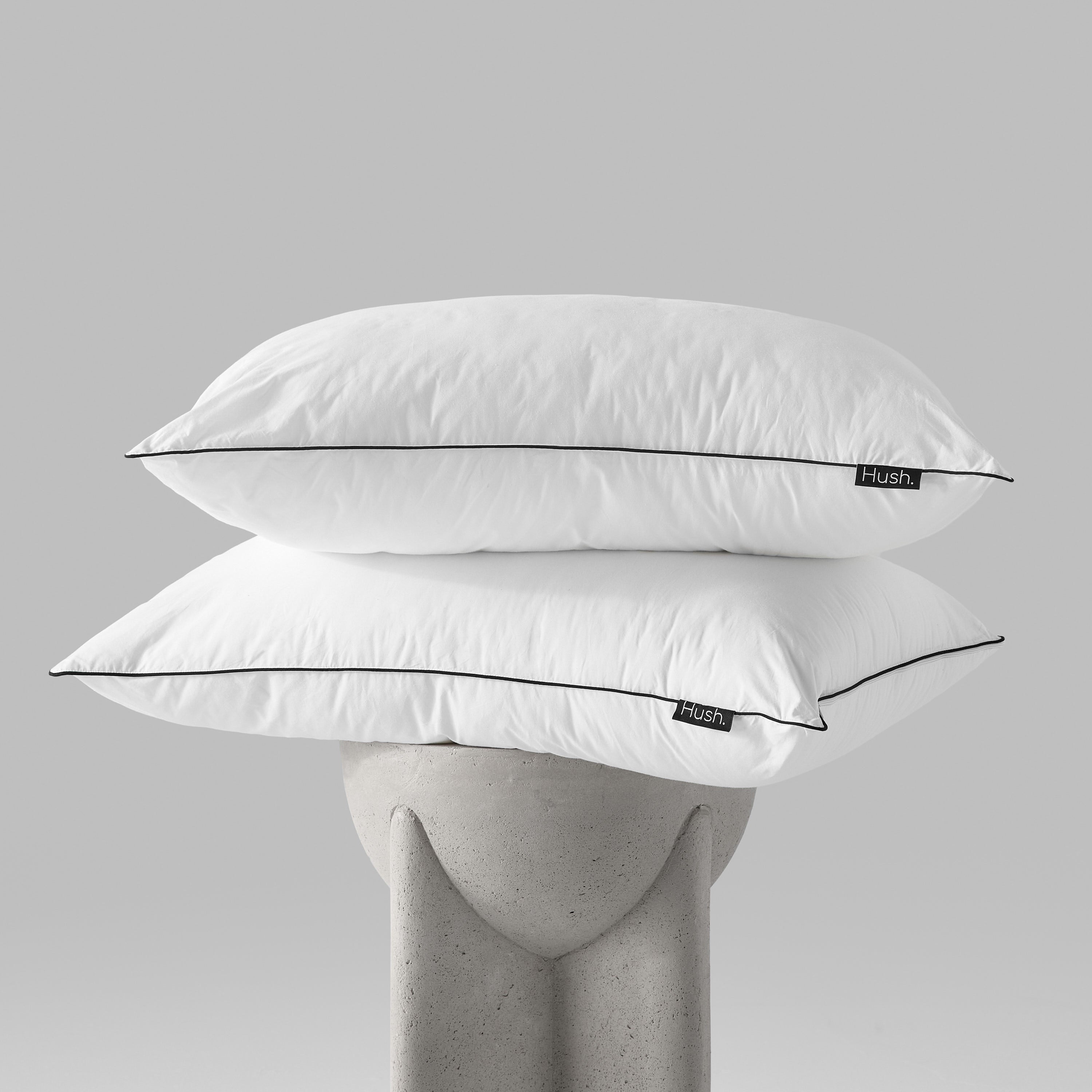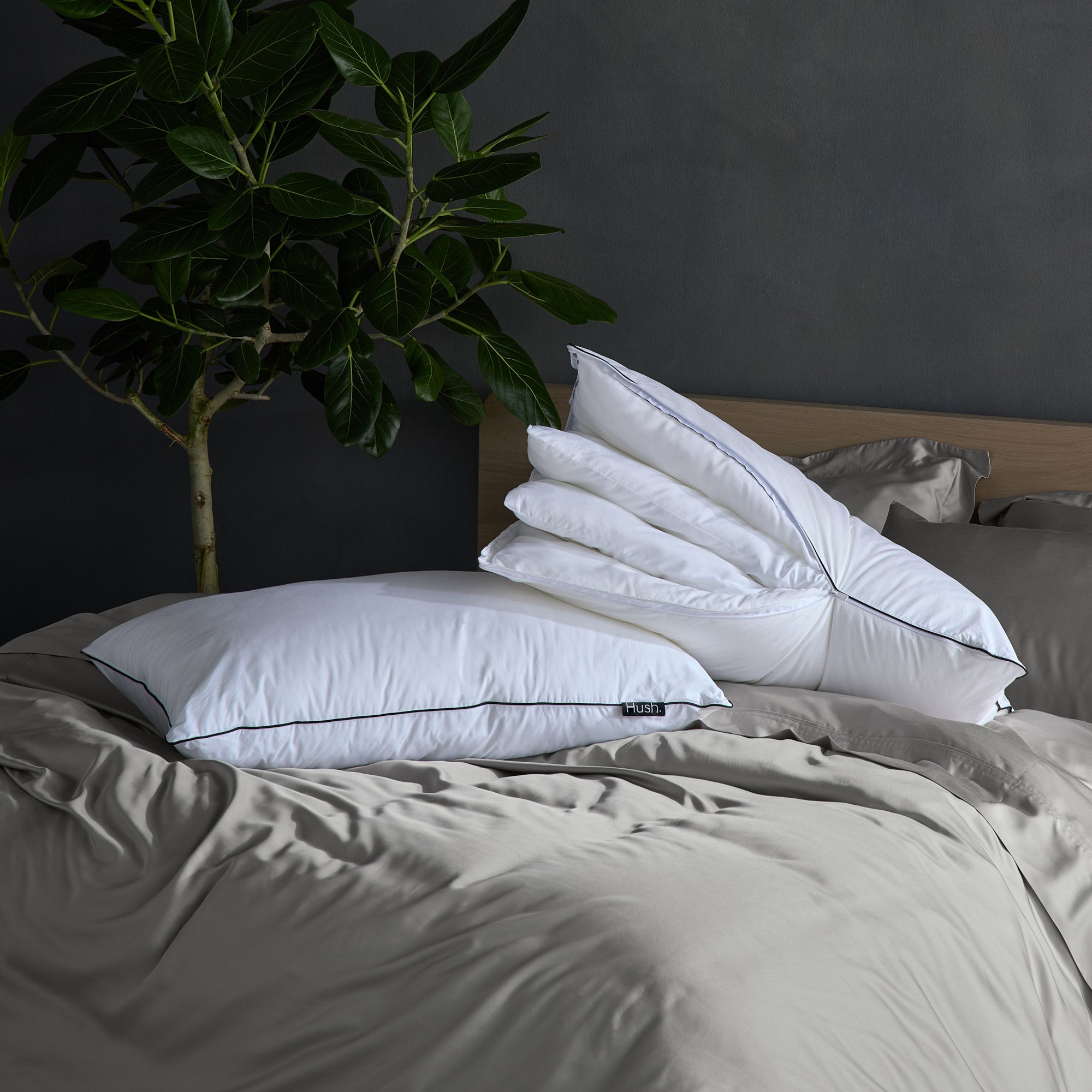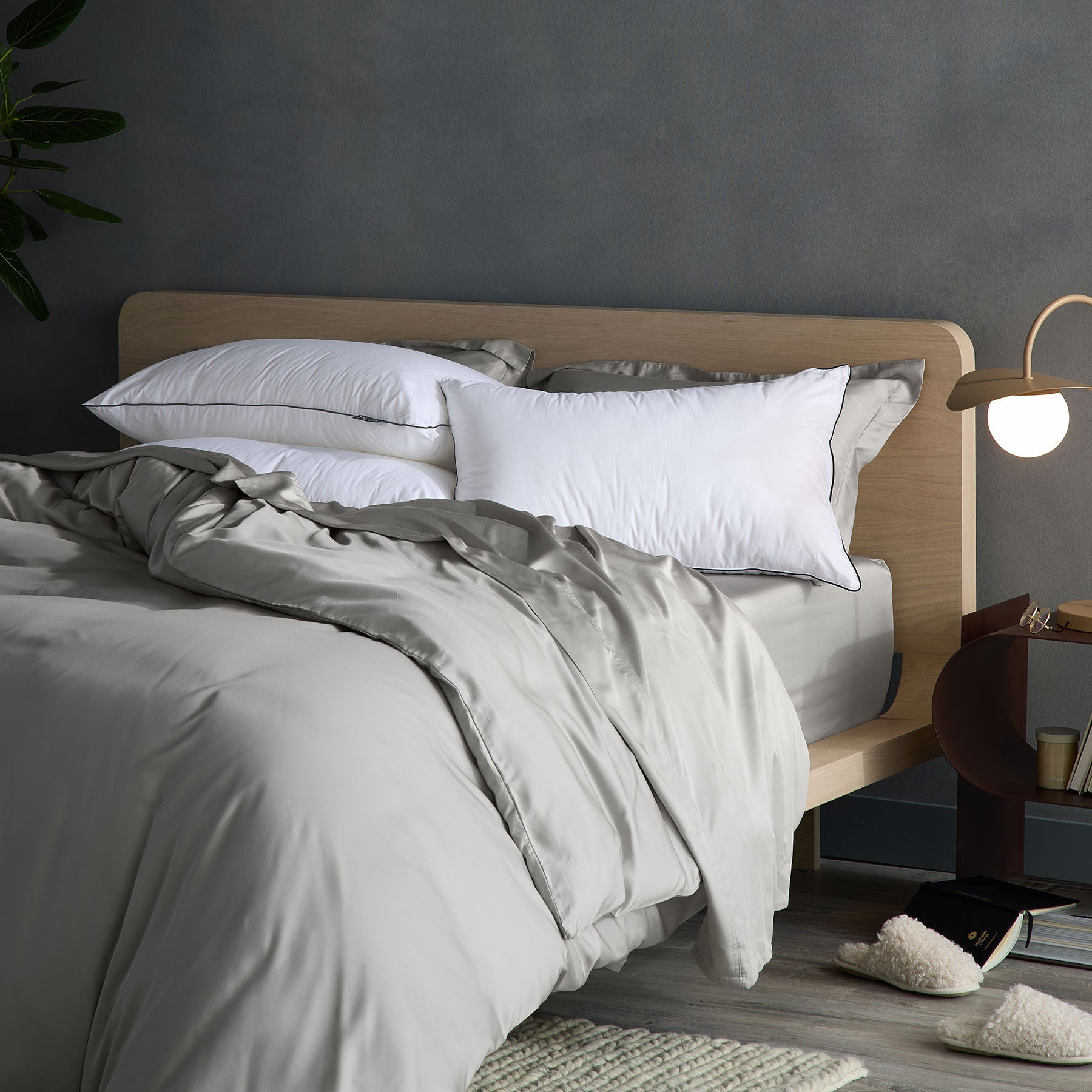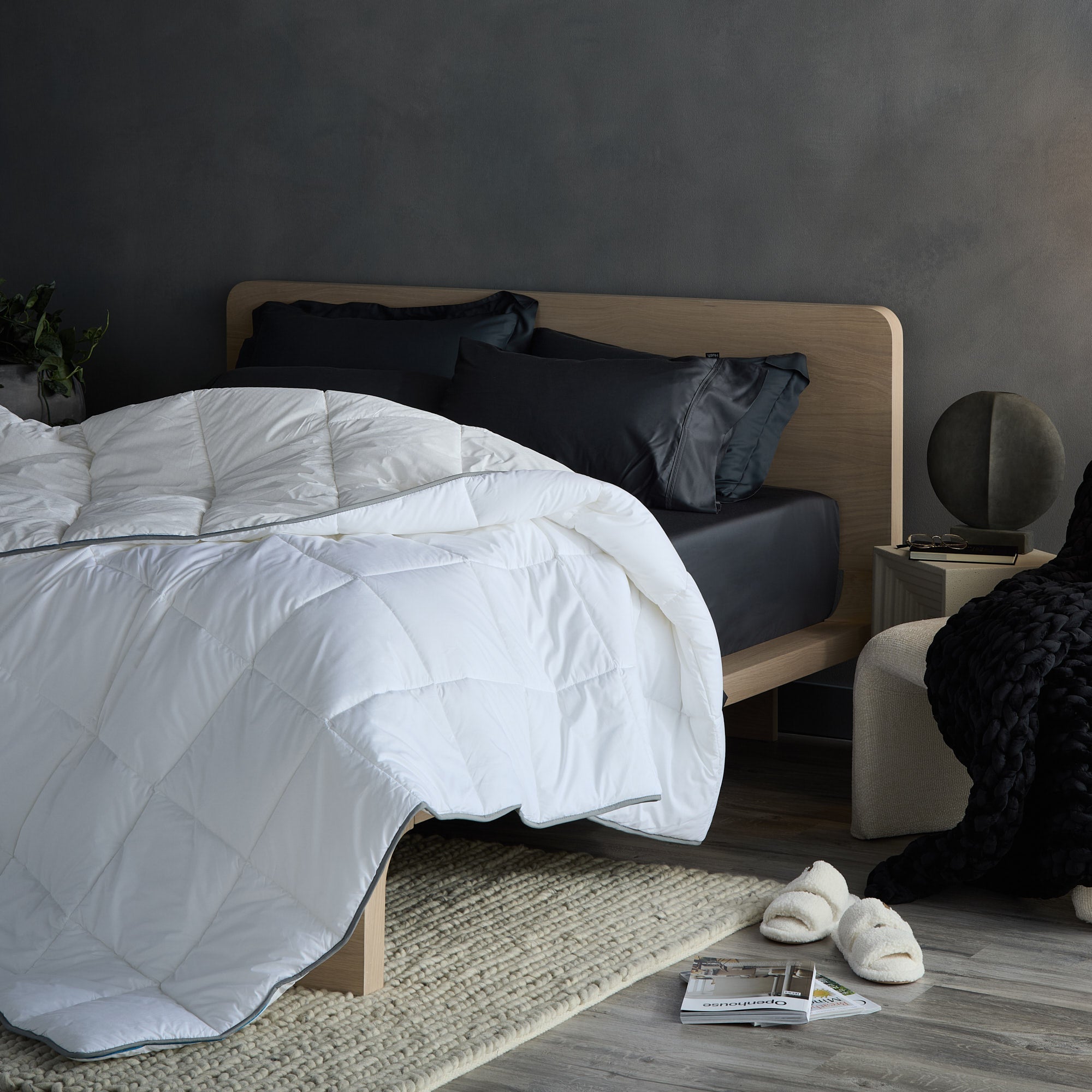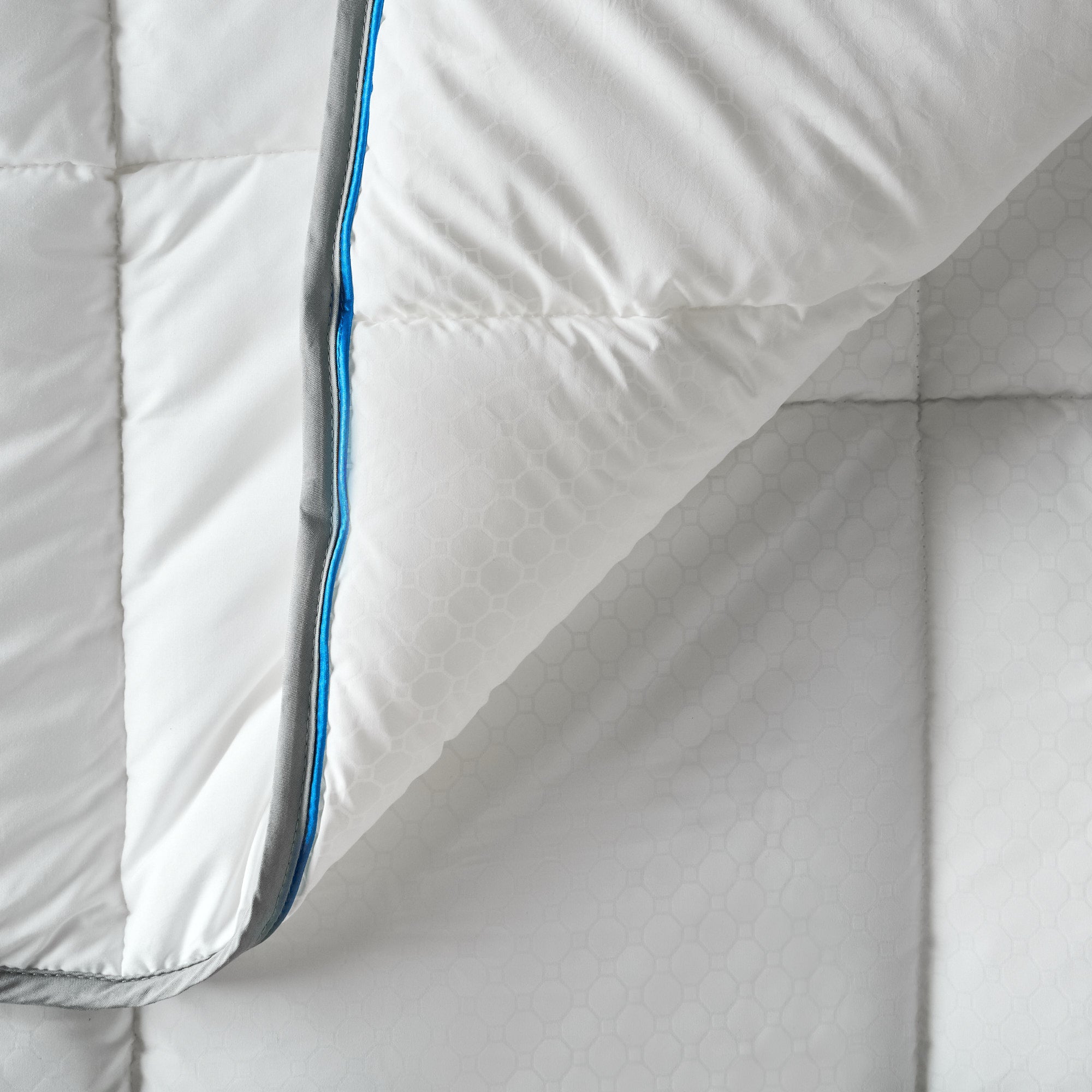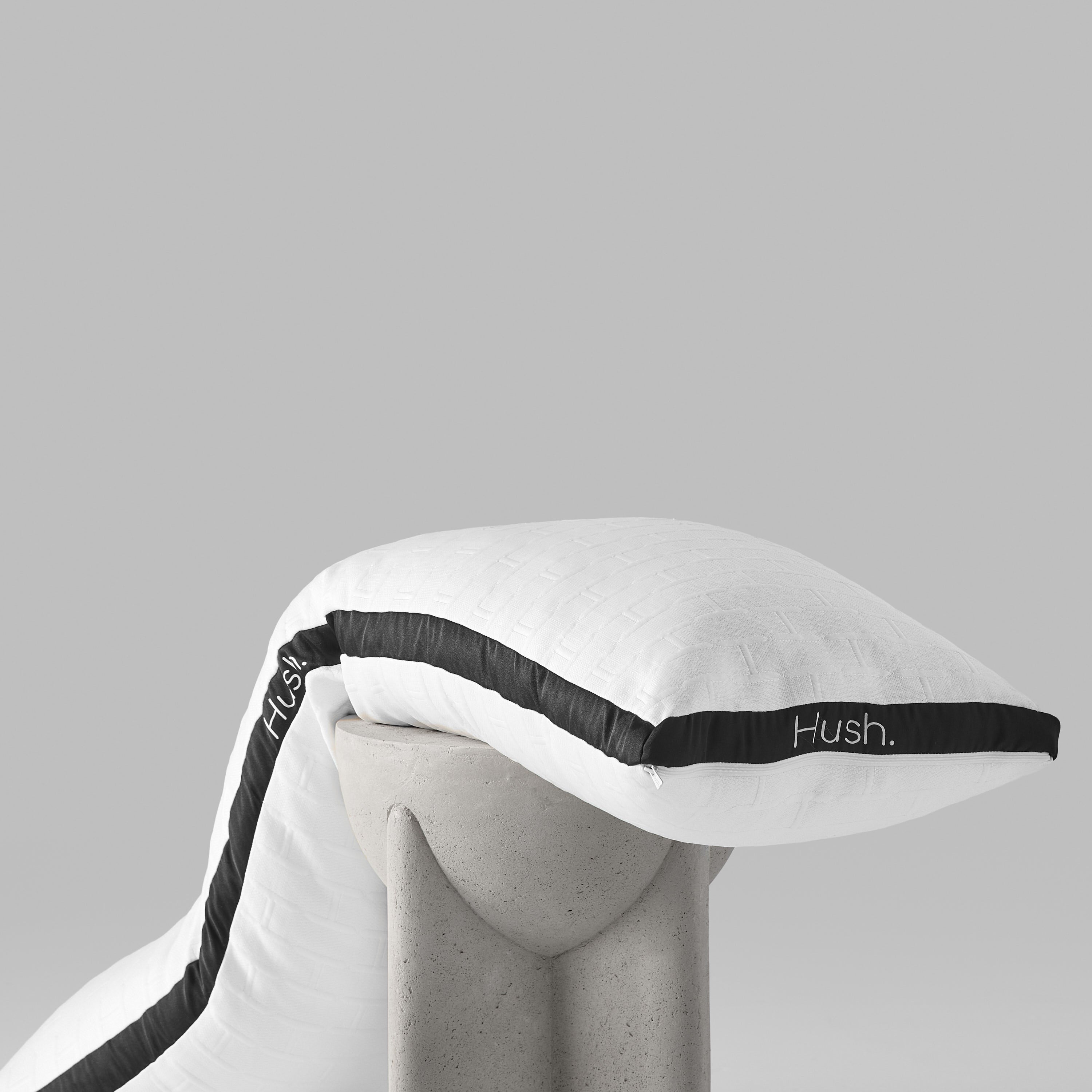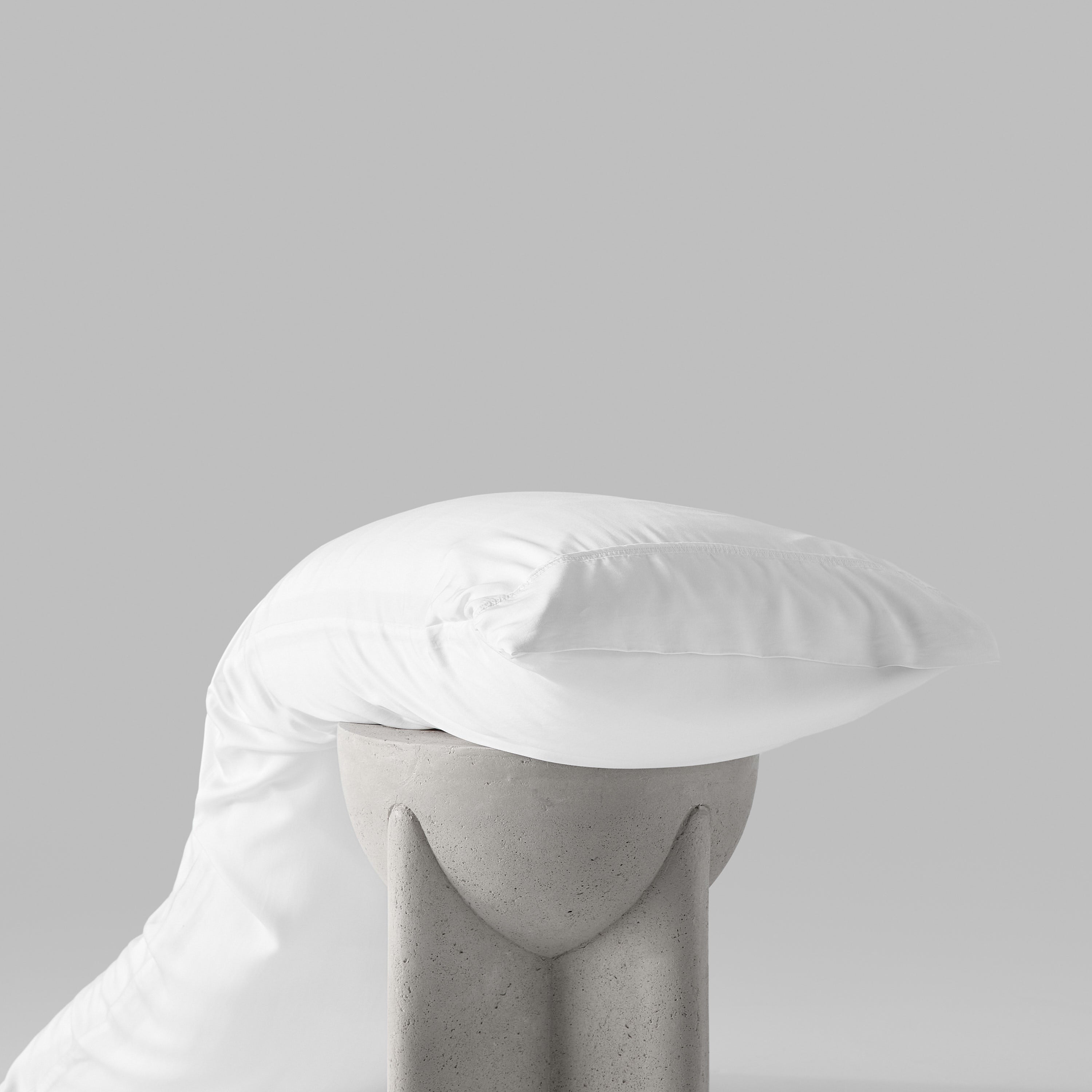As parents and adults, we’re hard-wired to protect our children and loved ones, and shield them from pain and suffering.
Bearing this in mind, it’s tough being a parent or relative of a child with anxiety. The worst part is knowing that your child is struggling internally, but not being able to do anything about it.
Want to learn how to help a child with anxiety? You’ve come to the right place.
In this guide, we share 5 ways of helping kids with anxiety, and teach you how to support a child who’s going through a rough time.
Anxiety vs Anxiety Disorders in Children
Before we discuss how to help kids with anxiety, let’s first take a look at the difference between anxiety and anxiety disorders in children.
Here, it’s important to understand that it’s perfectly normal for children to worry or having feelings of anxiety.
As adults, we might forget this sometimes, but children have their own set of challenges to grapple with. They might worry about keeping up their grades, about falling out with their friends, or about fitting in at school.
If your child expresses feelings of anxiety from time to time, but generally appears fine, then you have no cause for concern — this is perfectly healthy.
If your child feels anxious all the time, or to the point where it interferes to their daily lives, on the other hand, then this might indicate that they have some sort of disorder.
Children with anxiety disorders also tend to worry about things that are unlikely to happen, and constantly feel an impending sense of doom.
Now, if you’re wondering what causes anxiety, experts believe that these arise from a combination of genetics and environmental factors.
If your other family members have struggled with anxiety, this increases the likelihood that your child will face the same condition.
Children who are undergoing a great deal of stress (due to bullying, a big move, or a parents’ divorce, for instance) might be more prone to developing anxiety disorders as well.
Types of Anxiety Disorders in Children
There are several types of anxiety disorders that children struggle with, including:
- Generalized Anxiety Disorder
- Panic Disorder
- Separation Anxiety Disorder
- Social Anxiety Disorder
- Select Mutism
Generalized Anxiety Disorder
First up, kids with Generalized Anxiety Disorder tend to worry excessively about a wide range of things (grades, family issues, sports performance, etc).
These kids are typically hard on themselves, and put pressure on themselves to be perfect. They may also constantly seek approval or recognition from others.
Panic Disorder
Children with Panic Disorders suffer from panic attacks that come on suddenly, and without any apparent reason.
Panic attacks are disorientating and disruptive, and they can easily cause someone to spiral out of control. Bearing this in mind, it’s important to help kids with Panic Disorders to learn how to self-soothe.
Separation Anxiety Disorder
Separation Anxiety Disorder refers to when a child feels anxiety when a parent leaves the room.
It’s common for babies and toddlers between the age of 18 months and three years old to experience some degree of separation anxiety, but if an older child is making a huge fuss about being left alone, and refusing to go to school, then it’s possible that they might have this disorder.
The disorder is most common in kids ages seven to nine, and these kids worry about bad things happening to their parents when they’re not around.
Social Anxiety Disorder
Social Anxiety Disorder refers to an intense fear of being social or participating in social activities. Kids with this order struggle with things such as participating in class and talking to their classmates.
Social Anxiety Disorder is problematic because it often impairs a child’s school performance. On top of that, the disorder also makes it difficult for children to develop and maintain healthy relationships.
Selective Mutism
Finally, children with Selective Mutism often refuse to speak in places outside their comfort zone. These children might be very talkative and exhibit normal behavior at home, but clam up and refuse to speak at school.
On top of not speaking, children with Selective Mutism sometimes also chew or twirl their hair and avoid eye contact.
The average age of diagnosis for this anxiety disorder is around 5 years old, which is roughly when a child enters school.
How to Help a Child with Anxiety
Now that you understand the different types of anxiety disorders, let’s move on to talking about how to help a child with anxiety.
1. Practice Relaxation Strategies
This one’s fairly straightforward — we all know that meditation and deep breathing strategies can help induce feelings of calm, and reduce stress and anxiety.
Now, what you’ll want to do here is to adapt standard relaxation strategies for your child, and make sure that these are relevant to them.
For example, if you want to teach your child to practice deep breathing, you might ask them to “breathe the rainbow”, and take slow deep breaths while thinking about their favorite things that match each color of the rainbow.
For best results, practice this strategy with your child when they’re calm — if you teach it to them while they’re worked up and anxious, they might not be able to focus on the strategy.
2. Encourage Them to Visualize Their Worry
If you’re a Harry Potter fan, you’ll probably remember the scene where Neville Longbottom faced the boggart in his Defence Against The Dark Arts class, and it assumed the form of Severus Snape.
The professor, Remus Lupin, told Neville to picture Snape in his grandmother's clothes, and after casting the Riddikulus spell, Neville successfully forced “Snape” into wearing his grandmother's clothes.
Now, encouraging your child to visualize their worry works exactly the same way.
The goal here is to get your child to picture your worry as some sort of goofy, silly cartoon character.
As psychologist Dan Peters points out, doing this will make whatever your child is worrying about seem less intimidating, and reduce the power it wields over your child.
It also helps to give your child a “definitive target or adversary” — this way, they have something they can picture, instead of having to battle with abstract worries.
3. Set Aside a Period of Time for Your Child to Worry
When dealing with a child with anxiety, most parents’ knee-jerk reaction is to try and solve their child’s problems, and tell them not to worry.
But here’s the thing… you can’t just turn off your worrying, or stop it from happening.
Bearing this in mind, experts say that parents shouldn’t adopt an “avoidance” approach. Instead, they should acknowledge their child’s worries, and even create a designated “worry time.”
How does this work? Well, research shows setting aside 30 minute “worry time” periods each day helps people to reduce the negative emotions associated with their fears.
Say your child is afraid of speaking up in school, for instance.
During this 30 minute “worry time”, your child should go ahead and indulge in their worry. They can think about what would happen if they speak up and the teacher criticizes them, or their classmates laugh at them… you get the picture.
If your child runs out of fears within this 30 minute period, they’ll recycle their fears and continue focusing on their negative emotions.
Now, after doing this consecutively for a few days, most people get used to their worry, and shift from a state of fear and panic to boredom. Because their brain is exhausted from triggering the “fight or flight” response every time they think of their worry, it chooses to move on.
4. Gently Introduce Your Child to their Fears
In certain situations, it’s important to encourage your child to face their fears head on.
For instance, say your child has social anxiety, and they refuse to speak to any of their peers or go on play dates.
The easiest way to keep the peace is to just let your child enjoy their solitude, but obviously, this is impracticable for the long-term. As your child grows older, they’ll have to participate group projects, and interact with their peers in school — they can’t keep to themselves forever.
If that’s the case, then using exposure therapy to slowly acclimatize your child to your fears might work.
Now, the key to doing this is to take baby steps — don’t suddenly deposit your child at their friend’s place, then disappear for hours.
Instead, your first step might be to invite a friend (and their child!) over, and coax your kid to say hi and introduce themselves.
Once they can handle that, take them to the park, and get them to play alongside other kids for ten minutes or so. (Even if they’re not actively engaging with each other, just having that exposure helps).
Take it from there, and continuing encourage your child to socialize with their peers.
5. Improve Their Quality of Sleep
You’d be surprised… the quality of sleep a child gets has an ENORMOUS impact on how the symptoms of their anxiety disorder manifests.
Consider this: according to the National Sleep Foundation, missing as little as 30 or 60 minutes of sleep a night can affect a child’s mood, and their mental and physical development.
When it comes to children with anxiety disorders, not getting enough sleep (or good quality sleep) obviously doesn’t help as well.
Now, how do you help your child to sleep better, so that they find it easier to cope with their feelings of anxiety?
At the most basic level, you’ll want to enforce bedtime rules strictly — don’t let your child stay up past curfew.
On top of that, you should also do all you can to create an environment that’s conducive to a good sleep. For instance, make sure your child’s bedroom is dark enough (black-out curtains help), and consider purchasing a weighted blanket for them to use.

If this is the first time you’re hearing about weighted blankets, these are basically blankets that are filled with “stuffings” to make them heavy.
Weighted blankets are an offshoot of squeeze machines, which were developed by Dr Temple Grandin, an individual who’s on the autism spectrum.
Basically, squeeze machines and weighted blankets use a form of therapy called Deep Touch Pressure (DTP) to help reduce feelings of stress and anxiety.
When someone with an anxiety disorder gets under a weighted blanket, they’ll feel calmer and more relaxed, and drift off to sleep more easily. Research shows that weighted blankets help to lower blood pressure, improve pulse oximetry and regulate pulse rate as well.
Buying a Weighted Blanket for Your Child
If your child struggles with anxiety on a day-to-day basis, and finds it hard to fall asleep at night, a weighted blanket might be just what they need.
Here at Hush Blankets, we have a children’s weighted blanket which is popular amongst kids with anxiety, ADHD, and other similar conditions:

This children’s weighted blanket is designed specifically for kids between 40 to 70 pounds, and it’s perfect for playtime, sleepovers, car/plane rides, or just snuggling up on the couch.
The child-friendly cover comes in a different design on either side, and is made from breathable, soft cotton. If it gets dirty, just unzip the cover, remove it, and throw it in the wash!
Here’s what our customers have to say about our children’s weighted blanket:

The best part? All of Hush’s weighted blankets come with a 100 Night Guarantee, which means that you can let your child try out the blanket with zero risk.
If your child doesn’t like the blanket, or doesn’t find it easier to fall asleep with it, just ship it back to us within 100 days, and we’ll process a full refund.
What are you waiting? Shop our children’s weighted blankets now!
